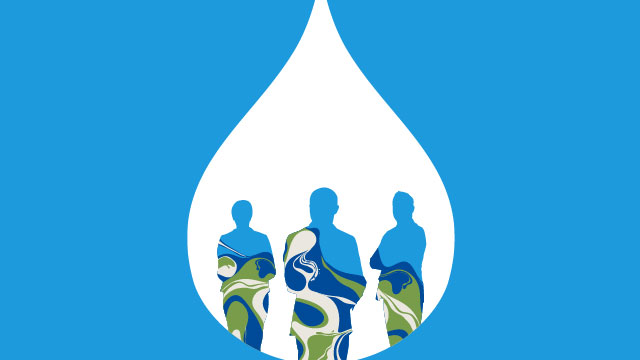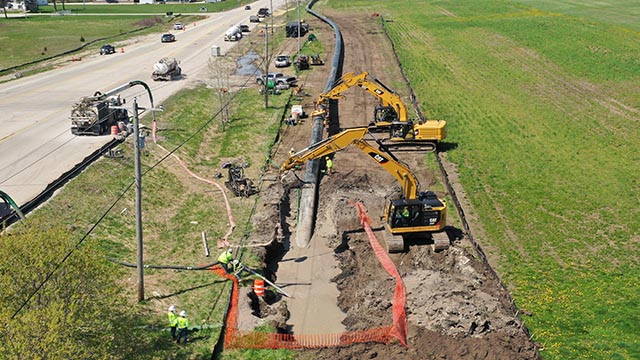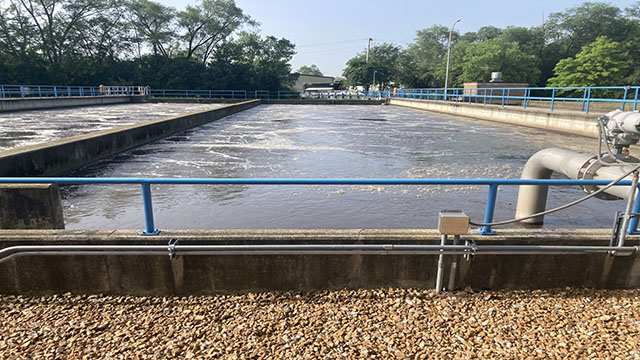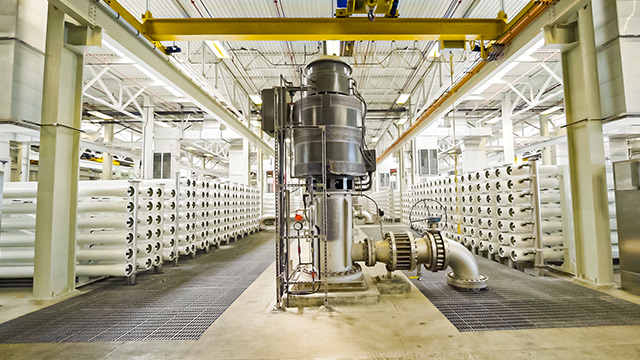by Emily N. Tummons, Ph.D., P.E., Corrosion Specialist, Black & Veatch
The USEPA requires that drinking water has a disinfectant residual when it reaches end users like businesses and residences, but over a period of a month or longer, the stagnant water inside unused buildings will lose its disinfectant residual. Water that lacks a disinfectant residual while exposed to plumbing materials could result in microbial growth including Legionella, buildup of disinfection byproducts and corrosive conditions that result in metals leaching.
To protect yourself and others from potential bacteria, pathogens, metals and other contaminants that could leach out of plumbing, a systematic flush should be completed.
Drinking water fountains and faucets are obvious locations to flush. It’s also important to flush showerheads and water-using appliances like ice machines, coffee machines, dishwashers, refrigerators with water dispensers, water softeners, point-ofuse treatment devices and humidifiers as well as mechanical equipment including water heaters, boilers, cooling towers, pumps, backflow preventers, etc.
Tips for whole building flushing include:
- Remove aerators from faucets when possible.
- Flush with cold water.
- Start flushing on the lowest level of a building and flush each tap or source of drinking water on that level before repeating on the next floor up.
- Flush until the water temperature changes, indicating that fresh water from the main has displaced all water in the plumbing up to that faucet or flush for at least 2 minutes.
- Dispose of old ice in ice machines, clean areas where ice is stored, and flush the influent water lines connected to the ice machine prior to producing more ice.
- Drain then flush hot water heaters or boilers to displace stagnant water.
- Cooling towers are sites for Legionella. To lessen this concern, remove any visible biofilm or slime and drain or flush any stagnant water prior to use.
- Shower heads and faucets can produce aerosols with contaminants that could be inhaled, so it is important to clean these fixtures and flush prior to use.
- Clean water softeners, point-of-use, point-of-entry, or other treatment devices or filters as part of the building system flush.
- If sediment, slime (biological contaminants), color, taste and odor or other abnormal water qualities are observed after flushing contact a contractor to investigate if further actions are needed.








